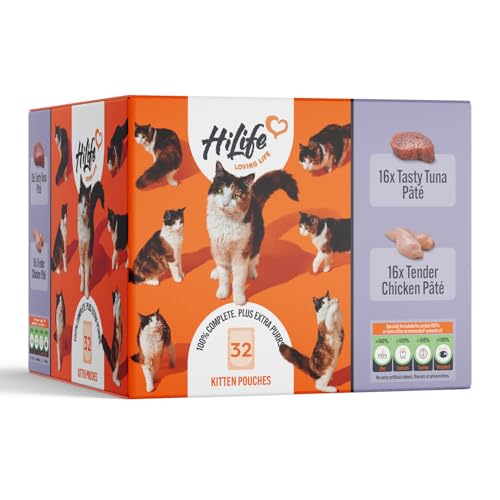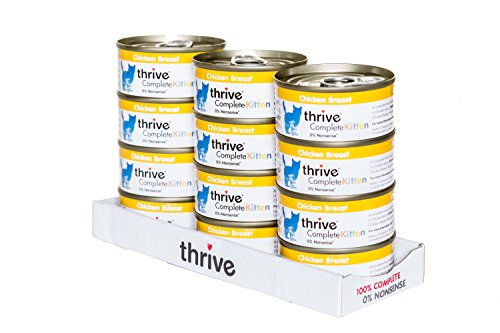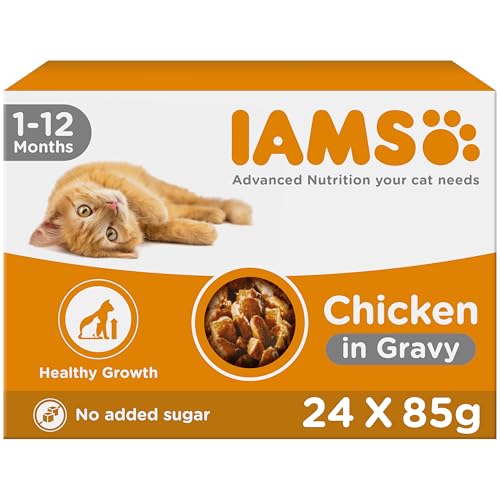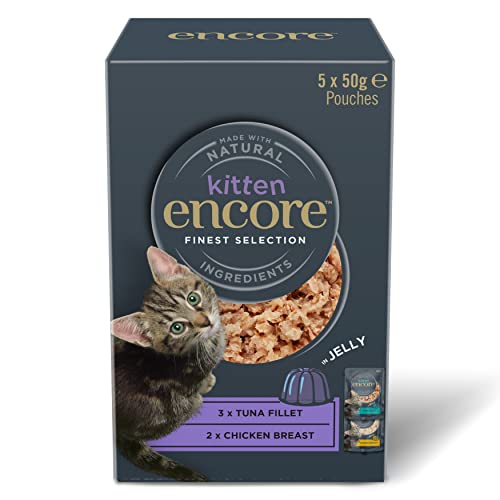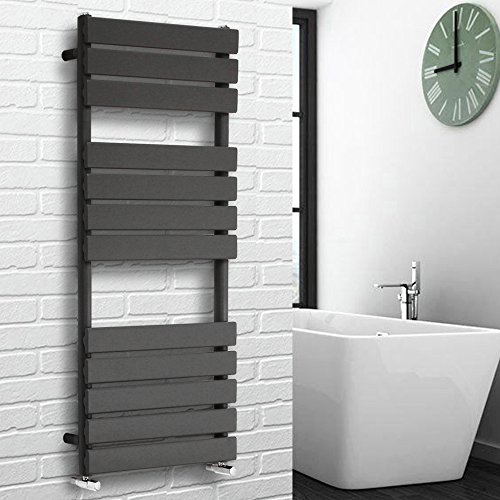Understanding Kitten Nutrition: What Your Growing Kitten Needs
The Importance of Nutrition in Growth
As our kittens grow, their nutritional needs become more significant than ever. It’s essential to provide them with a balanced diet rich in proteins, fats, vitamins, and minerals. Unlike adult cats, kittens require higher levels of specific nutrients to support their rapid growth, energy levels, and overall health. A diet designed for kittens not only boosts their developmental milestones but also enhances their immune system and sets the foundation for a robust adulthood.
Key Nutrients for Kittens
Some critical nutrients include taurine, an essential amino acid vital for heart and vision health, and DHA, an omega-3 fatty acid that promotes brain development. Additionally, a good balance of calcium and phosphorus is crucial for healthy bone growth. As we feed our kittens, we should look for foods that offer these nutrients in the right ratios.
Types of Kitten Food: Dry, Wet, and Everything in Between
Understanding Dry Kitten Food
Dry kitten food, often referred to as kibble, is a popular choice for many cat owners due to its convenience and longer shelf life. It’s typically more affordable and can help keep your kitten’s teeth cleaner. However, we should ensure to provide plenty of fresh water alongside kibble, as it has a lower moisture content.
Exploring Wet Kitten Food
On the other hand, wet kitten food is packed with moisture, making it an excellent choice for hydration. It’s appealing to many kittens because of its rich flavour and texture. This type of food can be beneficial for those who may not drink enough water, and it often contains higher protein levels, which are essential for their growth.
Mixed Feeding: A Balanced Approach
Combining both wet and dry food can offer a versatile diet that maximizes benefits from both types. It allows kittens to enjoy the crunchiness of kibble while also experiencing the palatability of wet food. This method can keep their meals exciting and satisfying.
Reading Labels: How to Choose the Best Ingredients for Your Kitten
Deciphering Ingredient Lists
When we look for the best food for our kittens, the ingredient list is our best friend. We should favour kitten foods that list a high-quality protein source, like chicken or fish, as the first ingredient. Ingredients such as whole meats or meat meals should be prioritized over by-products, which may contain less meat quality.
Recognizing Essential Nutrients on the Label
Moreover, we should look for specific nutrients mentioned on the label, like taurine and DHA, as they are crucial for a kitten’s health. It’s also wise to avoid fillers such as corn and wheat, which do not contribute to their nutritional requirements. The fewer artificial additives, the better.
How to Transition Your Kitten to New Food: A Step-by-Step Guide
The Importance of Gradual Changes
When introducing new food to our kittens, we should make changes gradually to prevent digestive upset. Start by mixing a small amount of the new food with their current food. Over the course of about a week, we can slowly increase the proportion of the new food while decreasing the old.
Monitoring Their Response
During this transition, it’s important to observe our kittens closely for any signs of allergies or sensitivities, such as changes in stool consistency or appetite. If all goes well, by the end of the week, they should be comfortable consuming the new food.
Budgeting for Kitten Food: Finding Quality at Every Price Point
Quality Ingredients Without Breaking the Bank
Finding quality kitten food doesn’t need to be an expensive affair. It’s possible to locate brands that provide high-quality ingredients without exorbitant prices. We should focus on the ingredients and nutrition value rather than just branding. Research can definitely pay off in finding reliable and affordable options.
Considering Bulk Purchases
Buying in bulk can also be a strategic way to manage costs while ensuring our kittens continue to eat high-quality food. Many retailers offer discounts on larger quantities, so stocking up is a practical approach to balancing our budget and our kitten’s dietary needs.





